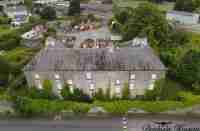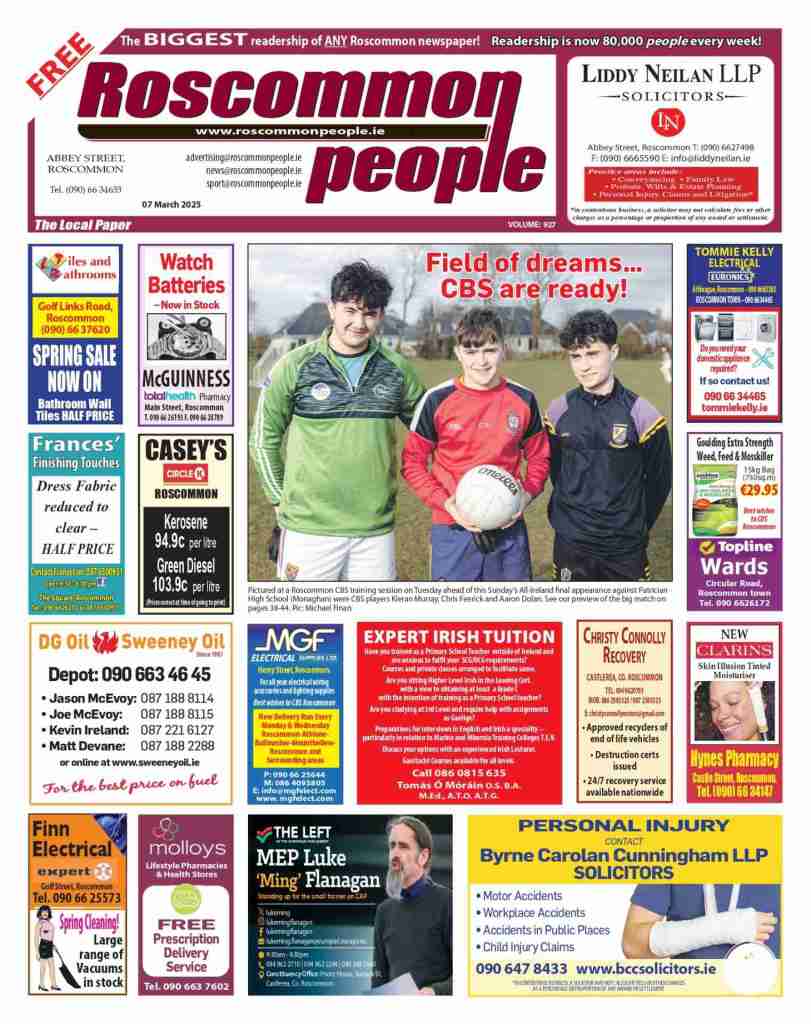
The new architectural addition to The Square in Roscommon Town continues to spark debate among local residents and business owners alike.
The structure, combining timber and concrete, was recently completed at a cost of nearly €1.4 million, as part of the broader Public Realm Enhancement initiative. This project aims to revitalise the town centre and has been met with varying opinions since its introduction.
Designed by Dublin-based GKMP Architects, the installation’s roof is a combination of copper and glazed materials and is intended to serve as a central meeting point within the newly-redesigned square. Additionally, the project has facilitated the restoration and highlighting of a historic well located on the southern end of The Square.
The financial details of the project have been made public through a Freedom of Information request that was submitted by Shannonside FM. The figures reveal that the overall enhancement scheme is set to cost upwards of €6 million upon completion. To date, almost €5.9 million has been spent on the first two phases of the initiative. Roscommon County Council has contributed more than €1.52 million to the funding.
Phase One of the project, which focused primarily on The Square itself, accounted for €4.7 million of the total expenditure. The cost attributed to the newly-constructed covered civic space stands at €1.4 million.
This development is part of an ongoing effort to improve the public spaces in Roscommon town, though it continues to generate discussion regarding its design and the substantial financial investment involved. According to Roscommon County Council, the project’s completion is anticipated to not only enhance the aesthetic and functional aspects of The Square, but also to invigorate the local community and economy by creating a vibrant communal area.
Despite the positive outlook of the local authority – which has been the lead body on the controversial Public Realm Enhancement project – locals have questions about the purpose, utility and appropriateness of the design for the location. In particular, the cost of the project has prompted criticism from some local rate-payers.






